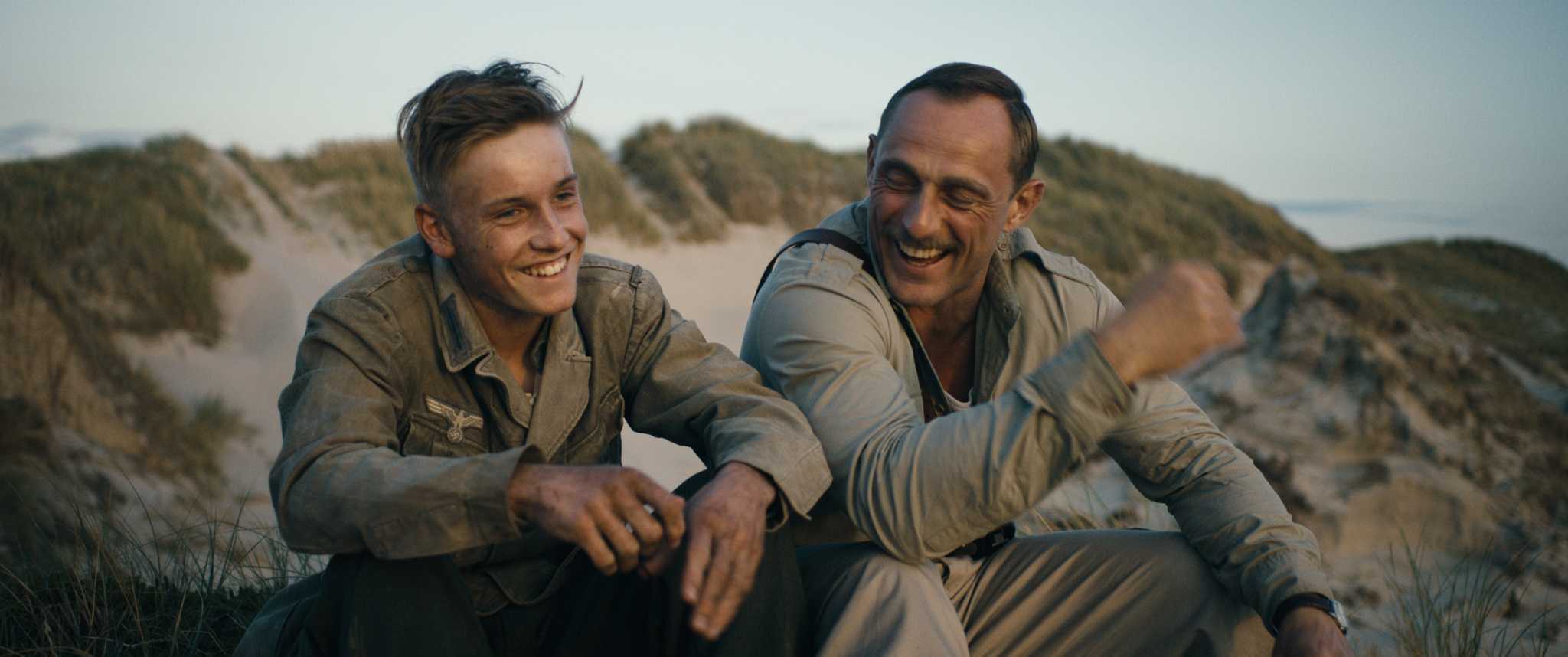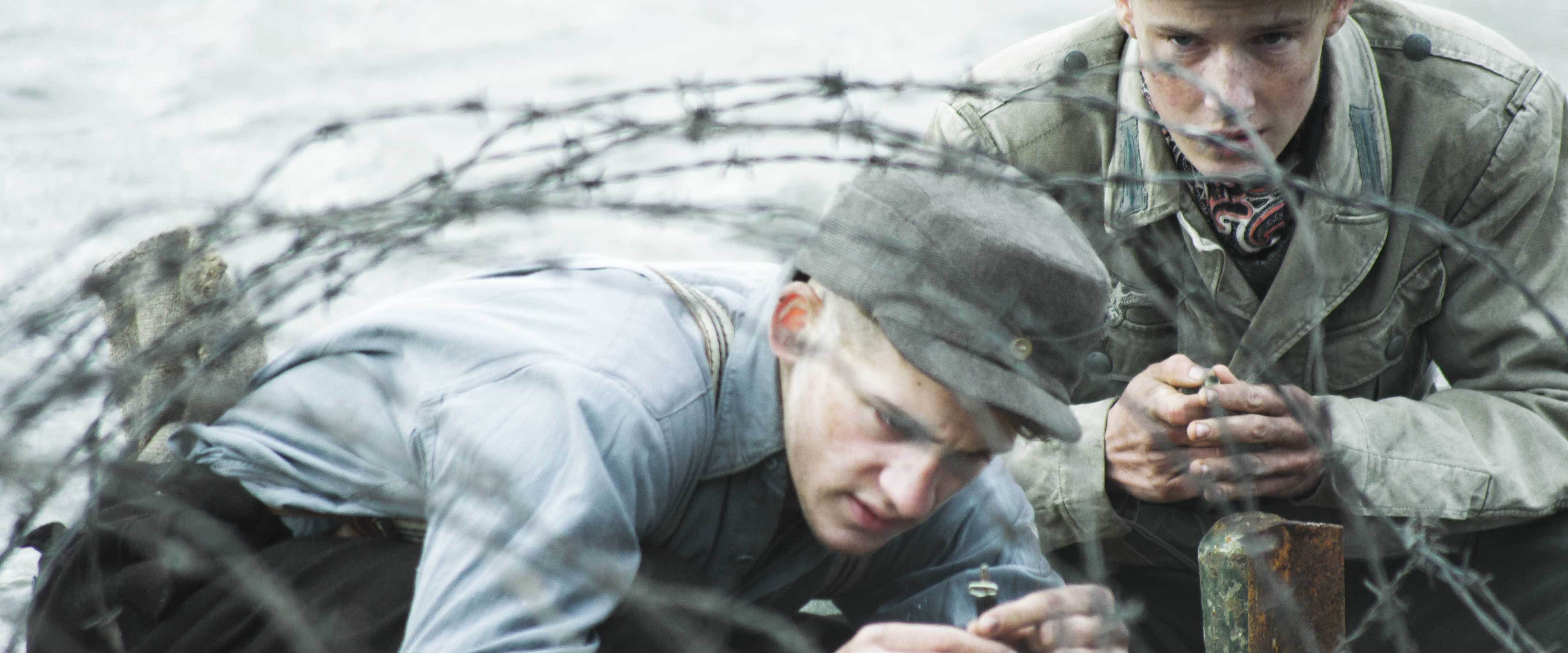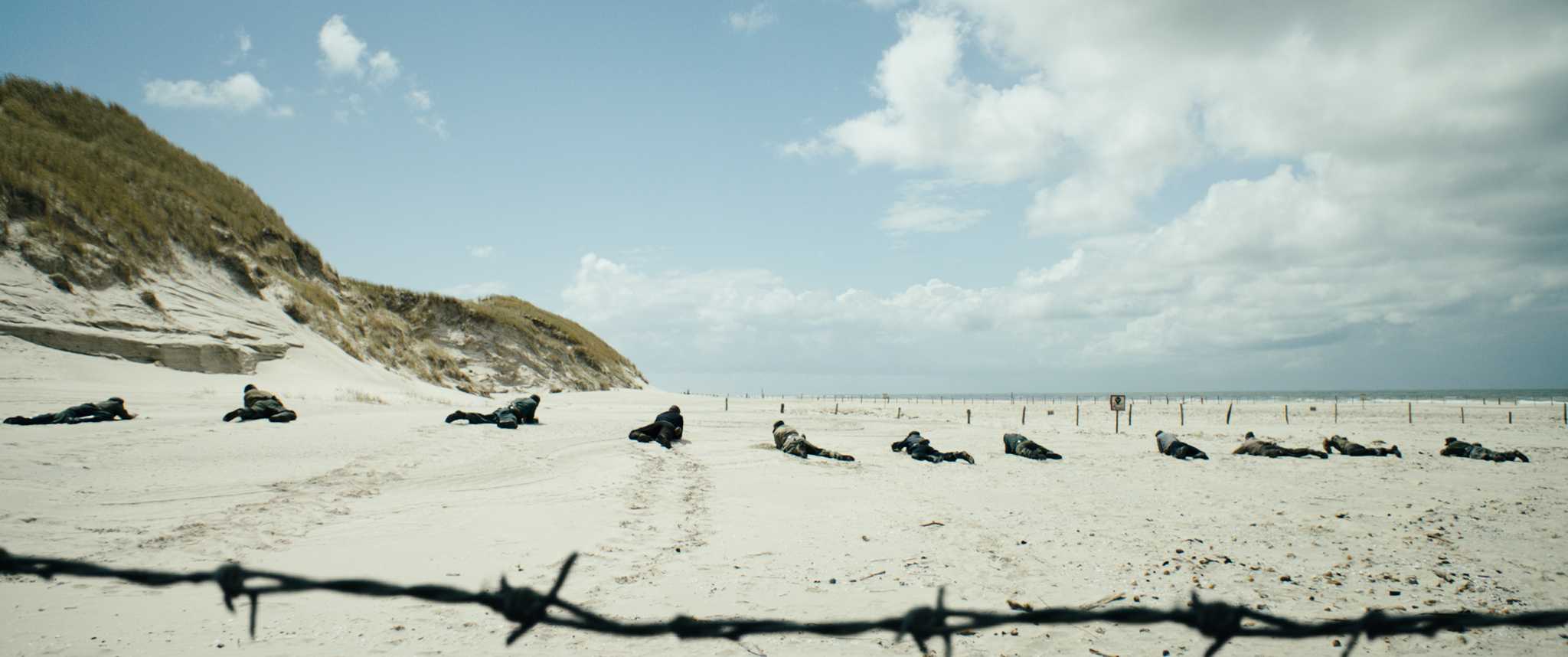
★★★★★
Films about World War II typically deal with similar stories, similar types of characters or similar types of narrative voices. As a subject of film, war has always been wildly popular, but what this genre sometimes lacks is the process of healing — or lack thereof — that comes in the wake of war. Writer and director Martin Zandvliet, in his film, “Land of Mine,” describes a lesser-known and more shameful portion of Danish history after World War II.
Zandvliet, the cast and crew all help to capture the moral dilemma of justice and vengeance versus forgiveness and repentance. The film’s well-written dialogue, excellent cinematography and compelling performances by the main actors all make “Land of Mine” worthy of the accolades and nominations it received this award season, including a nomination for Best Foreign Language Film at the 89th Academy Awards.
Following the conclusion of World War II, German prisoners of war that were captured by the Danish army and the Allied forces were required to stay in Denmark and remove approximately one and a half million land mines from the Danish coast.

Removing these crude weapons buried in the sand was extremely dangerous, and often fatal, work. “Land of Mine” chronicles the story of a group of 14 German boys who were conscripted into the German Army near the end of the war and their journey removing tens of thousands of land mines from a Danish beach. Their Danish overseer, Sergeant Carl Rasmussen (Roland Møller) does not hold back in his hatred and resentment toward from the opening scene of the film.
However, as the film progresses and the boys’ characters are further revealed, Rasmussen, played with nuance by Møller, grows to hold some compassion for the group of boys, who had little understanding and experience of war. “Land of Mine” takes the audience through a journey that is captivating and balanced, while also requiring viewers to come to their own conclusions and judgments of the events that took place after the war.
Zandvliet’s writing and directing of the film deftly and clearly convey his vision and emphasize the bigger questions that the audience should consider upon conclusion of the film. He skillfully avoids the static themes of good and evil that plague most war films. The moral ambiguity in how the story is presented appeals to the audience’s own moral understandings. “Land of Mine” avoids telling the audience what to think or feel, leaving space for the audience to consider its own beliefs on a dark portion of Danish history.

Additionally, the casting of the film was very well done. Although the film is subtitled, the captions do not take away from the film’s clarity. In conjunction with the subtitiles, the body language and inflections of the actors make it very easy for viewers to understand the film.
The boys who were cast as the German prisoners of war are all relatively new to acting, but their masterful execution of the despair, guilt, homesickness, anger and innocence elevated the film to something more than a compelling plot and made the themes of the film resonate with more poignancy. The performance by Louis Hofmann as the de facto leader of the boys, Sebastian Schumann, was balanced, accurate and gripping, clearly portraying the hope of those inexperienced in war.
The film’s cinematography also truly captured the vision and purpose of the director. Danish cinematographer Camilla Hjelm Knudsen shot a film that had appropriately dramatic shots that did not erase the gruesome nature of the events that took place.
While there were some aesthetically stunning shots capturing the new peace of a nation fresh after war, the shots in which the harrowing nature of defusing land mines are really what drove the film. Appropriately grim and frightening, the shots portrayed the young boys as sympathetic and pitiful figures forced to conduct deadly labor.
“Land of Mine” is truly spectacular in its ability to accurately capture a portion of Danish and World War II history that is often overlooked while still posing moral questions to its audience about justice and vengeance.



















